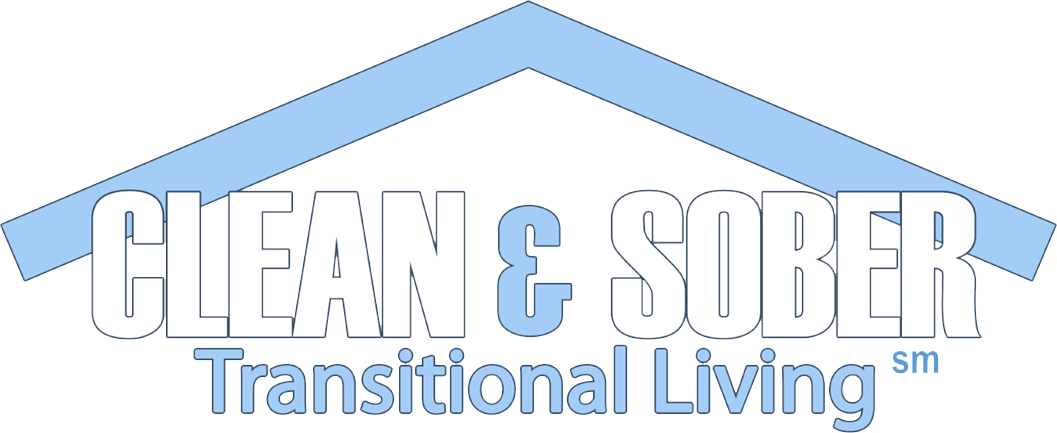Comparing a chain link fence to a peer-driven culture where everyone is a link offers a useful metaphor for understanding the dynamics and structure of such a culture. Both provide Interconnectedness, Strength, Support, Resilience, and Flexibility
Chain Link Fence and Peer-to-Peer Culture
1. Interconnectedness
Fence**: Each link in the chain is interconnected, forming a continuous and sturdy structure.
Culture**: In a peer-driven culture, individuals are interconnected through shared values, norms, and communication, creating a cohesive community.
2. Strength
Fence**: The strength of the fence comes from the collective links. If one link is weak, it can compromise the integrity of the fence.
Culture**: Similarly, the strength of the peer-driven culture relies on the collective participation and support of its members. Weak links (e.g., disengaged members) can weaken the culture.
3. Support
Fence**: Each link supports the others, distributing pressure and stress evenly.
Culture**: In a peer-driven culture, individuals support each other, sharing knowledge, encouragement, and resources, thus distributing the “pressure” of maintaining the culture.
4. Resilience
Fence**: A chain link fence can withstand external pressures and forces due to its flexible yet strong structure.
Culture**: A peer-driven culture is resilient to external challenges because of its strong internal support system and versatility and adaptability.
5. Flexibility
Fence**: The flexibility of the chain link fence allows it to bend without breaking.
Culture**: Peer-driven cultures are often adaptable and can evolve by incorporating new ideas and practices from their members, allowing for growth and change without losing coherence.
Clean and Sober’s unique culture has been our foundation for success for over 35 years!
